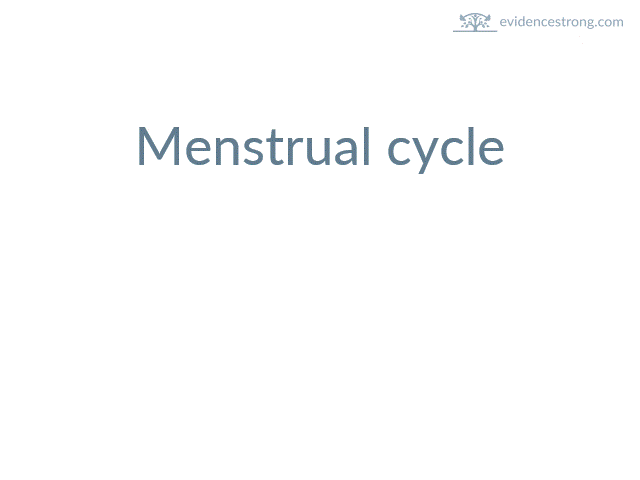Summary of a systematic review and meta-analysis on the thermoregulation during exercising in heat in relation to menstrual cycle phases.
Who
Healthy females trained and untrained.
Design
Systematic review and meta-analysis of 9 studies.
Outcome measures/tests
- body temperature (rectal temperature, esophageal temperature, or both)
- female hormones levels: progesteron, estrogen
- physical tests: cycling, walking, running, shuttle running
menstrual cycle – a cyclic changes in woman's body allowing for pregnancy.

Main results
no difference between luteal and follicular phase in sweat rate, mean skin temperature or exercise heart rate was observed
VO2max and follicular phase progesteron levels did not differ
Before exercise:
- pooled effect showed 0.18°C increase in body internal temperature in luteal phase compared to follicular phase
- higher internal body temperature in luteal phase than follicular phase (all studies, but one)
- pooled effect showed 0.18°C increase in body internal temperature in luteal phase compared to follicular phase
After exercise:
- pooled effect showed 0.05°C increase in body internal temperature in luteal phase compared to follicular phase
- 4 studies reported increase in internal temperatue in luteal phase compared to follicular phase
- 4 studies reported no difference in the heat
- one study reported that the difference depended on the environment
- pooled effect showed 0.05°C increase in body internal temperature in luteal phase compared to follicular phase
increased environmental temperature led to less variation between menstrual cycle phases (luteal and follicular)
Take home message
Original article
Giersch GE, Morrissey MC, Katch RK, Colburn AT, Sims ST, Stachenfeld NS, Casa DJ. Menstrual cycle and thermoregulation during exercise in the heat: A systematic review and meta-analysis. Journal of Science and Medicine in Sport. 2020 May 23.
